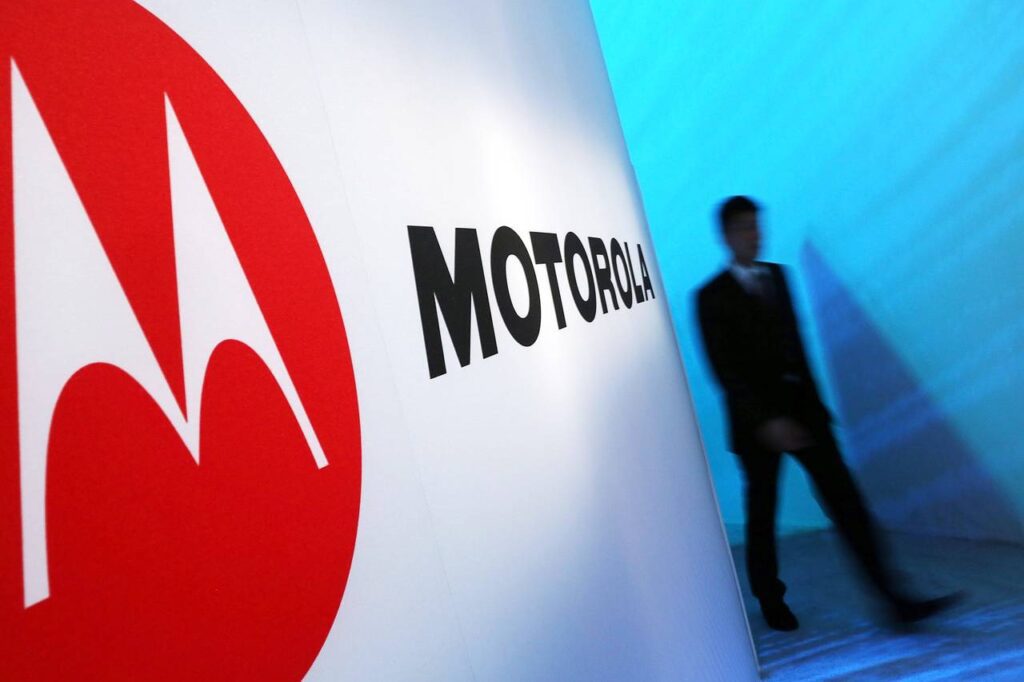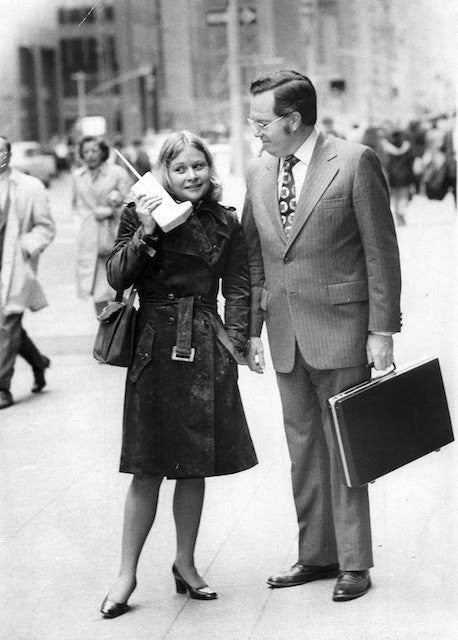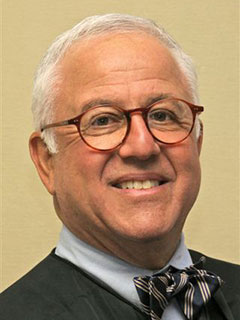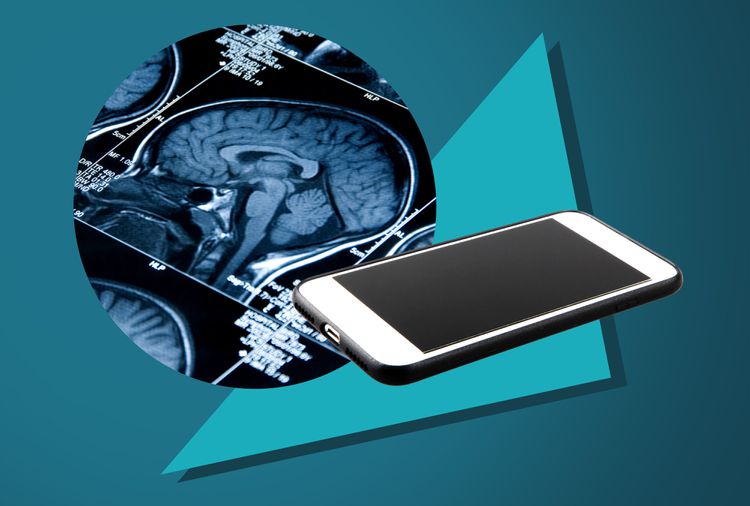
Cell Phone Industry Lawsuits: EMFs, New Standards, and "Bad Science"
Table of Contents
- Early Lawsuits (2001-2002)
- 2009: D.C. Court of Appeals Ruling
- 2013-2014: Expert Testimony Hearings
- August 8, 2014: Discovery Phase Begins
- 2015: Scrutiny and Reevaluation of Legal Standards
- Broader Industry Implications
- April 25, 2023: Expert Testimony Disallowed
- Final Thoughts on Navigating the Complex Web of EMF, Telecommunications, and Justice
- Related Posts
Without modern telecommunication technologies, we simply would not live in the world that we currently do. These technologies and the companies that manage them are why you can read this blog, talk to your friends and family who don’t live directly near you, and even get around your local area. As with all technology though, we must ask… what cost does this convenience come at?
The intersection of technology and health has become a focal point of discussion and legal scrutiny, particularly over the last 20 years. One of the pivotal cases at the heart of this debate is Murray et al. v. Motorola et al., a legal saga that began in the early 2000s and has since become emblematic of the challenges faced by the industry regarding potential health risks associated with cellphone use and exposure to electromagnetic fields (EMF).
In this blog post, we will lay out a timeline of significant events around this topic and unravel some of the intricacies of the Murray case and its broader implications.
The case, initiated by individuals who claim their brain tumors were caused by cellphone use, brings to the surface not only a quest for justice for the plaintiffs but also critical questions about the role of technology in our lives. From the early lawsuits filed in 2001-2002 to the recent developments disallowing expert testimony in April 2023, each point in this legal battle sheds light on the challenges being presented to the telecommunications industry and society’s ongoing efforts to balance technological advancements with health concerns.
Early Lawsuits (2001-2002)
At the turn of the century, the telecommunications industry faced a wave of legal pressure as individuals began linking their health issues, particularly brain tumors, to prolonged cellphone use. In this emerging debate, twenty-nine high-profile lawsuits were filed, each claiming a causal connection between cellphone radiation and the development of brain tumors.
The spotlight falls on the initial six cases initiated in 2001 and 2002, with Murray et al. v. Motorola et al. taking center stage. These legal battles marked the development of a complex and protracted journey, as individuals sought accountability from the major corporations that run the telecommunications industry.

These lawsuits also set the tone for the legal discourse around the potential health risks of cellphone use. Allegations of causal links between cellphone radiation and brain tumors ignited debates in courtrooms, scientific communities, and public forums. The backdrop of the early 2000s was one of uncertainty and burgeoning concern, as the plaintiffs presented their cases against industry giants, including Verizon, AT&T, T-Mobile, Sprint, Motorola, Samsung, Nokia, Qualcomm, the CTIA, the IEEE, and the FCC.
2009: D.C. Court of Appeals Ruling
It quickly became evident that these legal proceedings would be drawn out over many years, as many major corporate lawsuits are. Things took a significant turn in 2009 when the D.C. Court of Appeals issued a landmark ruling in the Murray v. Motorola case. This ruling, while establishing important legal precedents, also introduced complexities that would carry through subsequent court proceedings.

The court’s decision drew a line between cases involving cell phones manufactured before and after 1996. The court ruled that telecommunications companies could not be held liable for brain tumors caused by cell phones manufactured before 1996. However, the cases involving pre-1996 phones were allowed to proceed, weaving a new layer of nuance into an already complex landscape.
Notably, the court permitted claims related to false and misleading statements as well as the failure to disclose information about the potential dangers of cell phones. This approach recognized the multifaceted nature of the allegations, acknowledging not only the alleged health risks but also the importance of transparent communication from industry players.
The 2009 ruling set the stage for the legal battle that would navigate the complexities of technology, regulation, and public health. As things continued, the telecommunications industry found itself at a crossroads, grappling with the implications of a legal framework that simultaneously restricted and allowed certain avenues of litigation.
2013-2014: Expert Testimony Hearings
The legal battle entered a critical phase in 2013 and 2014 as expert testimonies took center stage. The courtroom was transformed into an arena for scientists, epidemiologists, neurosurgeons, and researchers to present their perspectives on the alleged link between cellphone use and the development of brain tumors.
In a series of evidentiary hearings held in December 2013 and January 2014, the court was faced with the scientific complexities surrounding electromagnetic fields (EMF) and their potential impact on human health. Expert witnesses, each armed with their research findings and interpretations, painted a varied landscape of scientific opinion that pointed to a need for greater caution with these technologies.
This period marked a crucial juncture, as the court had to navigate through the divergent expert testimonies. Some arguments were deemed admissible, allowing certain scientific perspectives to shape the ongoing legal discourse. At the same time, other testimonies faced exclusion, introducing an element of selectivity in the information considered by the court.
The hearings serve as an example of the challenges of translating scientific inquiry into legal proceedings. Questions about methodologies, peer reviews, and the general acceptance of scientific theories quickly became a point of contention. As the hearings advanced they became a debate stage for scientific perspectives. The case not only tested the strength of the plaintiffs’ claims but also underscored the broader struggle to reconcile scientific evidence with legal standards.
August 8, 2014: Discovery Phase Begins
With expert testimonies presented and contested, the legal journey entered its next chapter on August 8, 2014. Judge Frederick H. Weisberg’s ruling allowed the commencement of the discovery phase, a pivotal stage that would unveil data and information previously shielded from public scrutiny.

For the first time, the telecommunications industry found itself compelled to turn over data, marking a significant development in the case. The discovery phase opened the door to a lot of new information, shedding light on the industry’s potential for undisclosed internal knowledge, communication practices, and any evidence related to the alleged health risks of mobile phone use.
This ruling not only shaped the trajectory of the Murray case but also had broader implications for the telecommunications industry as a whole. The industry, accustomed to navigating legal battles, was now pressed as a whole for increased transparency and accountability. The discovery phase hinted at the potential revelation of internal communications, research findings, and data that could either bolster or challenge the plaintiffs’ claims.
As legal teams on both sides prepared for the next stage, the industry braced for a new level of scrutiny. The discovery phase showcased the delicate balance between protecting proprietary information and addressing public concerns about health and safety.
The courtroom drama, now reinvigorated with the disclosure of internal data, added another layer of complexity to the ongoing discourse that had built over the previous decade.
2015: Scrutiny and Reevaluation of Legal Standards
In the year 2015, the legal landscape surrounding the Murray case was put under greater scrutiny not just for its scientific intricacies but also for the standards by which scientific evidence is evaluated. A report by The Washington Post on November 24, 2015, shed light on the District’s highest court’s contemplation of altering the rules for screening out what was termed as “bad science” from trials.
The case in question, while not ruling directly on whether cell phones can cause brain cancer, revolved around the broader issue of how judges decide which expert witnesses are allowed to testify. The article highlighted a pivotal shift in legal standards, with a strong push to adopt the Daubert standard, a more extensive test that makes the judge a sort of “gatekeeper” for ensuring scientific evidence’s relevance and reliability.
At the heart of the matter though, was still the question of whether cellphones could cause brain cancer. Plaintiffs, in various cases including Murray et al. v. Motorola et al., had sued cellphone manufacturers and providers, alleging a link between long-term exposure to cellphone radiation and brain tumors.
The District’s existing standard relied on the “Frye” test, which determined whether a methodology or theory had gained “general acceptance” in the expert’s field. The proposed shift to the Daubert standard, which gained prominence after the 1993 Supreme Court case Daubert v. Merrell Dow Pharmaceuticals, marked a departure from the traditional Frye test. The Daubert standard required a more in-depth evaluation by the judge to ensure scientific evidence’s reliability and relevance.
Broader Industry Implications
The year 2015 marked a contemplation of legal standards and brought broader industry implications into focus. An article by The Wall Street Journal on November 22, 2015, detailed the potential ramifications of the Murray v. Motorola case and its counterparts for the entire telecommunications industry.
As the legal battles unfolded, other plaintiffs brought more than two dozen similar cases, with defendants including major cellphone and wireless companies such as AT&T Inc., Verizon Communications Inc., Apple Inc., and Samsung Electronics Co. These cases, consolidated into the Murray case, sought over $1.9 billion in damages combined.
The telecommunications industry, largely represented by major players like Motorola and others, faced legal challenges and a battle in the court of public opinion. The defendants maintained that peer-reviewed scientific evidence indicated that wireless devices did not pose a public health risk for adults or children.
Public Perception
The cases, however, were not just battles over legal procedures; they were also battles over the perception of public health risks associated with cellphone use. The legal proceedings, public awareness, and media coverage intensified the scrutiny of the industry’s stance and practices.
The Wall Street Journal report highlighted that the lawsuits were not only a financial concern for the industry, with potential significant expenses in defending against these legal actions, but they also posed a reputational risk. Drawing parallels with historical litigations like tobacco or asbestos, the report noted the industry’s acknowledgment of the risk posed by health-related lawsuits in their annual filings.
Eight plaintiffs in these cases had already passed away while awaiting legal resolution, a shocking reality of the lengthy nature of corporate legal battles and the stakes involved.
April 25, 2023: Expert Testimony Disallowed
The saga took a dramatic turn on April 25, 2023, when Judge Irving, who was presiding over the Murray et al. v. Motorola et al. case, made a shocking ruling. In a pivotal decision, Judge Irving disallowed the testimony of all six expert witnesses who had testified on behalf of the thirteen plaintiffs claiming brain tumors caused by cellphone use.
“HIGH PROBABILITY” THAT CELL PHONE RADIATION CAUSES BRAIN TUMORS SAYS 32 YEAR US GOVERNMENT SCIENTIST – CDC AND NATIONAL TOXICOLOGY PROGRAM- IN EXPERT REPORT TO COURT – Environmental Health Trust
This ruling had profound implications for the trajectory of the case. The expert witnesses, crucial to presenting scientific evidence supporting the plaintiffs’ claims, were deemed invalid. The decision raised serious questions about the judicial system’s ability to navigate complex scientific issues and the challenges of establishing causation in cases involving potential health risks associated with technology use.
Microwave News, a source closely following the case, provided a detailed summary of the ruling and a broader discussion on the judicial system’s limitations in fairly resolving intricate scientific matters. The disallowance of expert testimony became a focal point for both legal analysts and those concerned about the potential health impacts of cellphone radiation.
This development marked a setback for the plaintiffs and added another layer of complexity to an already protracted legal battle. As the case has continued to unfold, this judicial decision casts a spotlight on the delicate balance between scientific evidence, legal standards, and the challenges inherent in adjudicating matters at the intersection of technology and health.
Final Thoughts on Navigating the Complex Web of EMF, Telecommunications, and Justice
The Murray et al. v. Motorola et al. case, spanning over two decades, serves as a stark example of the intricate interplay between technology, health concerns, and the judicial system. From its inception in the early 2000s, where individuals connected brain tumors to cellphone use, to the recent ruling on April 25, 2023, disallowing expert testimony, the legal battle is marred with complexities and challenges.
The early lawsuits, filed in 2001-2002, initiated a legal discourse that brought the potential health risks of prolonged cellphone use into the public eye.
The recent culmination on April 25, 2023, with the dismissal of expert testimony, is a turning point with far-reaching consequences. It prompts reflection on the challenges of navigating complex scientific issues within the judicial system, exemplifying the delicate balance required in addressing potential health risks associated with emerging technologies.
The Murray case, beyond its legal intricacies, resonates with broader implications for the telecommunications industry, public perception, and the ongoing dialogue surrounding electromagnetic fields. As technology advances, the case serves as a reminder of the evolving landscape where scientific evidence, legal standards, and societal expectations intersect, shaping the path forward for telecommunications and the quest for justice.

Related Posts
- Berkeley Approves “Right to Know” Cell Phone Radiation Warning Ordinance
- Federal Court Says FCC Ignored Evidence of Harmful Wireless Radiation
- Commission welcomes Parliament’s adoption of new rules to protect EU workers from harmful electromagnetic fields
- Can Your Cell Phone Increase the Risk of Brain Cancer?




